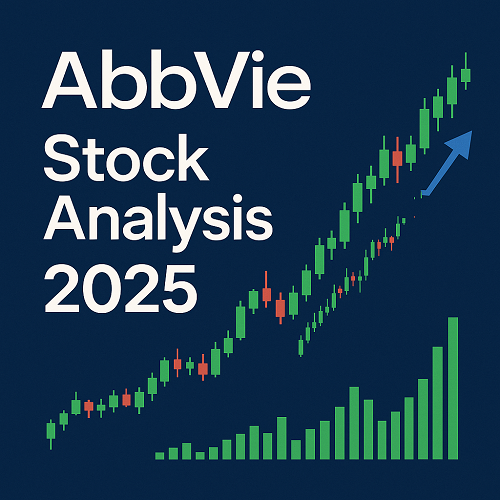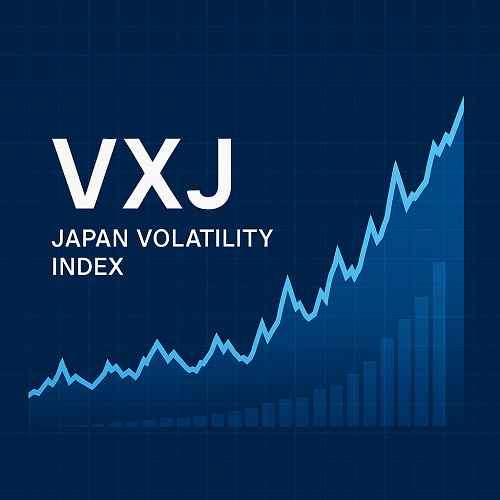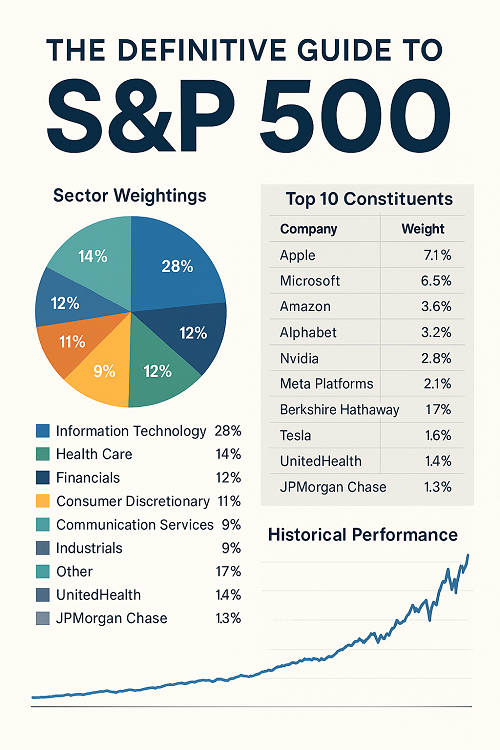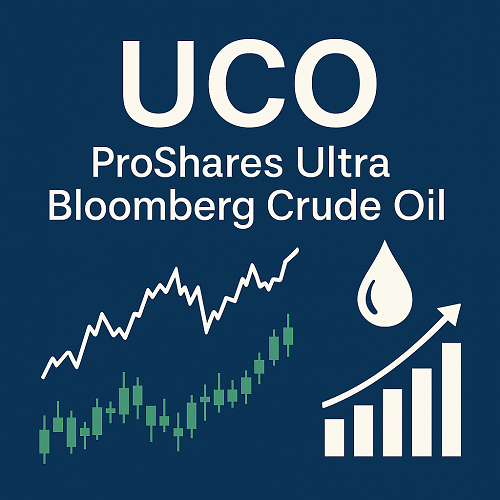Company Overview & Business Model
AbbVie Inc. is a research-based biopharmaceutical company headquartered in North Chicago, Illinois. Those interested in the financial markets often keep a close eye on the AbbVie stock price.
Key Facts
- Founded in 2012 as a spin-off from Abbott Laboratories.
- Employees: ~55,000.
- Primary sector: Healthcare. Industry: Drug Manufacturers – General.
- Head office: 1 North Waukegan Rd., North Chicago, IL 60064-6400 USA.
Business Model & Revenue Streams
AbbVie’s business is centred around the discovery, development, manufacturing and commercialization of branded pharmaceuticals globally. Key product lines include:
- Immunology/autoimmune therapies such as Humira, Skyrizi, Rinvoq.
- Oncology & hematology treatments such as Imbruvica, Venclexta / Venclyxto, Elahere.
- Neuroscience & other specialty therapies: e.g., Ubrelvy, Qulipta for migraine.
- Diversified portfolio including eye care (e.g., treatments for glaucoma), pancreatic enzyme therapies, etc.
Recent Strategic Developments
A company’s future growth is tightly linked to recent strategic moves; here are some of the significant ones for AbbVie:
- AbbVie completed the acquisition of Gilgamesh Pharmaceuticals’s lead investigational candidate, bretisilocin, a novel short-acting serotonin 5-HT2A receptor agonist in Phase 2 development for major depressive disorder.
- The candidate (bretisilocin) is now facing an IP challenge from Enveric Biosciences—which could introduce execution risk.
- Analysts have upgraded their outlook for AbbVie following strong performance and favorable strategic wins, raising consensus price targets.
Implications for Investors
- The acquisition of a novel therapeutic agent shows AbbVie is actively investing in future growth engines beyond its core legacy products.
- IP and litigation risk remain real and could impact margin or timelines.
- Analyst optimism signals confidence but also raises expectations—any disappointment could hurt sentiment.
Financial Snapshot & Valuation Metrics
To properly assess ABBV, it’s essential to examine the financials, key metrics and valuation. Data courtesy of Yahoo Finance / Refinitiv.
Key Statistics
- Market Capitalization: ~$417.9 billion (as of most recent update)
- Trailing P/E: ~112.65 × (indicative of either high investor expectations or depressed earnings)
- Forward P/E: ~16.84×
- PEG Ratio (5-yr expected): ~0.43× (which appears low)
- Price/Book: ~50×+
- Dividend Yield: ~2.85% (forward)
- Revenue (TTM): ~$58.33 billion
- Net Income (TTM): ~$3.72 billion — note large drop in quarterly earnings growth (~-31.5% YoY)
Interpretation of Metrics
- The high trailing P/E suggests the market is pricing in substantial earnings growth, or recent earnings have been suppressed.
- The forward P/E is more reasonable, pointing to expected earnings improvement.
- A PEG ratio under 1 typically signals undervaluation if growth meets expectations; here ~0.43 suggests expectations may already be baked in or growth projected to be very strong.
- Dividend yield in the ~2.8–3% range is modest for a large pharma but should be viewed considering payout sustainability and growth potential.
- The drop in recent quarterly earnings growth (-31.5% YoY) is a red flag and needs investigation.
Strengths, Risks & Opportunities
Strengths
- Diversified and developed portfolio of blockbuster drugs and therapies across immunology, oncology, neuroscience and more.
- Strong cash flows and sizable enterprise scale offering R&D, M&A and marketing reach advantages.
- Analyst sentiment is positive and strategic moves (e.g., acquisition) signal forward momentum.
Risks
- Patent cliffs / generic competition remain a chronic risk in pharma; legacy drugs like Humira face competition.
- Execution risk in turning pipeline assets into successful market launches (e.g., bretisilocin).
- Regulatory risks, pricing pressures globally, reimbursement challenges.
- Recent earnings drop suggests margin pressure or one-off issues; if continued, could impact valuation.
- High valuation multiples imply limited margin for error.
Opportunities
- Pipeline growth: if new therapies succeed, they could drive a new wave of revenue.
- Geographic expansion: growth in emerging markets or underserved segments.
- M&A: AbbVie can leverage its size to acquire promising biotech assets.
- Dividend growth potential: if earnings rebound, dividend may increase, making ABBV attractive for income investors.
Dividend & Income Investor Perspective
For income-oriented investors, the dividend profile of ABBV is important.
- Forward annual dividend rate: ~$6.56/share.
- Forward annual yield: ~2.89%.
- Trailing annual dividend rate: ~$6.47/share; trailing yield ~2.85%.
- Payout ratio (based on recent net income) appears large (303.81% per one stat) — this indicates the dividend might be relying on cash flow or other sources, not just net income.
Insight
A payout ratio exceeding 100% of net income is a red flag for sustainability unless supported by free cash flow and pipeline prospects. For dividend investors, monitoring the cash flow and upcoming earnings/pipeline success is critical.
Peer Comparison & Industry Context
To understand ABBV’s positioning, compare it with peers in the pharmaceutical/biotech sector.
| Company | Dividend Yield | Forward P/E | Key Growth Driver |
|---|---|---|---|
| AbbVie (ABBV) | ~2.8–3% | ~16–17× | Pipeline expansion, immunology/oncology |
| [Peer A] e.g., Johnson & Johnson (JNJ) | diversified consumer + pharma | ||
| [Peer B] e.g., Pfizer Inc. (PFE) | vaccine + biotech |
(Note: fill in exact metrics via latest data for each peer.)
Industry Trends to Watch
- Insurer & government pressure on drug pricing worldwide.
- Shift from “blockbuster” model to niche/specialty therapies due to competition and cost pressures.
- Increasing role of biologics, gene therapies, cell therapies in pharma growth.
- M&A activity remains intense as big pharma acquires biotech innovators.
Technical/Trading Considerations
From a trader’s viewpoint, here are some technical and money-flow factors:
- Beta (5-year monthly) of ABBV: ~0.51 → indicates lower volatility relative to the broader market.
- 52-week range: Low ~$163.81, High ~$244.81.
- Given the strong rally and elevated valuation, the reward/risk may be less attractive for short-term trading unless supported by pipeline/earnings catalyst.
Trading Tips
- Monitor key support levels around prior lows (~$165-180) and resistance near prior highs (~$240-250).
- Keep an eye on upcoming earnings announcements, FDA decisions (especially for pipeline drugs), and regulatory/pricing headlines.
- Hedge if holding long: e.g., via short put options or covered calls, due to the possibility of adverse news affecting price quickly.
Outlook & Forecasts for 2025
Based on current data and analyst consensus:
- Average analyst price target: ~$230.50 with a high target up to ~$284.
- Key near-term events to watch: Pipeline readouts (like bretisilocin), regulatory approvals, generic competition timelines for legacy drugs.
- If the drug launches and approvals go well, earnings could rebound strongly, validation for the forward P/E metric.
- Conversely, any setbacks (pipeline/competition) could lead to valuation re-rating given the high expectations baked into share price.
Scenario Analysis
- Bull case: Successful pipeline launches, favorable regulatory environment, earnings up >20%. Price target could move toward or exceed the high end (~$280+).
- Base case: Moderate earnings growth (~8–12%), dividend growth continues steadily, price in the ~$230-260 range.
- Bear case: Earnings disappoint due to generic erosion or regulatory setback, dividend under pressure, price could revisit ~$180–200.
Is AbbVie a Buy, Hold or Sell?
Given all of the above, here’s a summary view:
- For long-term investors: AbbVie can be considered Hold/Buy if you believe in its pipeline and dividend sustainability. The moderate yield (~3%) combined with growth potential may appeal for diversified portfolios.
- For income investors: The yield is decent, but the high payout ratio and recent earnings weakness suggest caution. Monitor cash flows and pipeline progress.
- For traders/speculators: With strong recent move and elevated valuation, risk/reward may favour waiting for a pull-back or a clear catalyst before entering.
Key Takeaways & Investor Checklist
Before investing (or trading) ABBV, ask yourself:
- Is the recent decline in earnings an anomaly or indication of structural issue?
- How strong is the pipeline (including bretisilocin) and what are the timelines for approval?
- What is the generic competition risk for legacy drugs like Humira?
- Are the dividend and payout ratio sustainable if earnings growth stagnates?
- Do I believe in the valuation (~16–17× forward P/E) given the risk profile?
- Am I comfortable with regulatory and pricing risk in the pharma sector?
- What catalyst could move the stock next (e.g., major drug approval, M&A, earnings surprise)?
- What scenario would reverse my thesis and trigger selling?
Conclusion
AbbVie (ABBV) presents a compelling mix of stable income (dividend), large-scale pharma capabilities and pipeline potential. However, the elevated valuation, recent earnings drop and inherent risks in biopharma (regulation, competition, pipeline execution) demand a balanced approach. For investors willing to stay informed on drug approvals, regulatory shifts and the broader healthcare landscape, AbbVie may offer opportunity. For traders, waiting for a clear catalyst or pull-back might be prudent.





 XAUT-USD
XAUT-USD  AMD
AMD  MARA
MARA  SHOP
SHOP  BULL
BULL  CL=F
CL=F